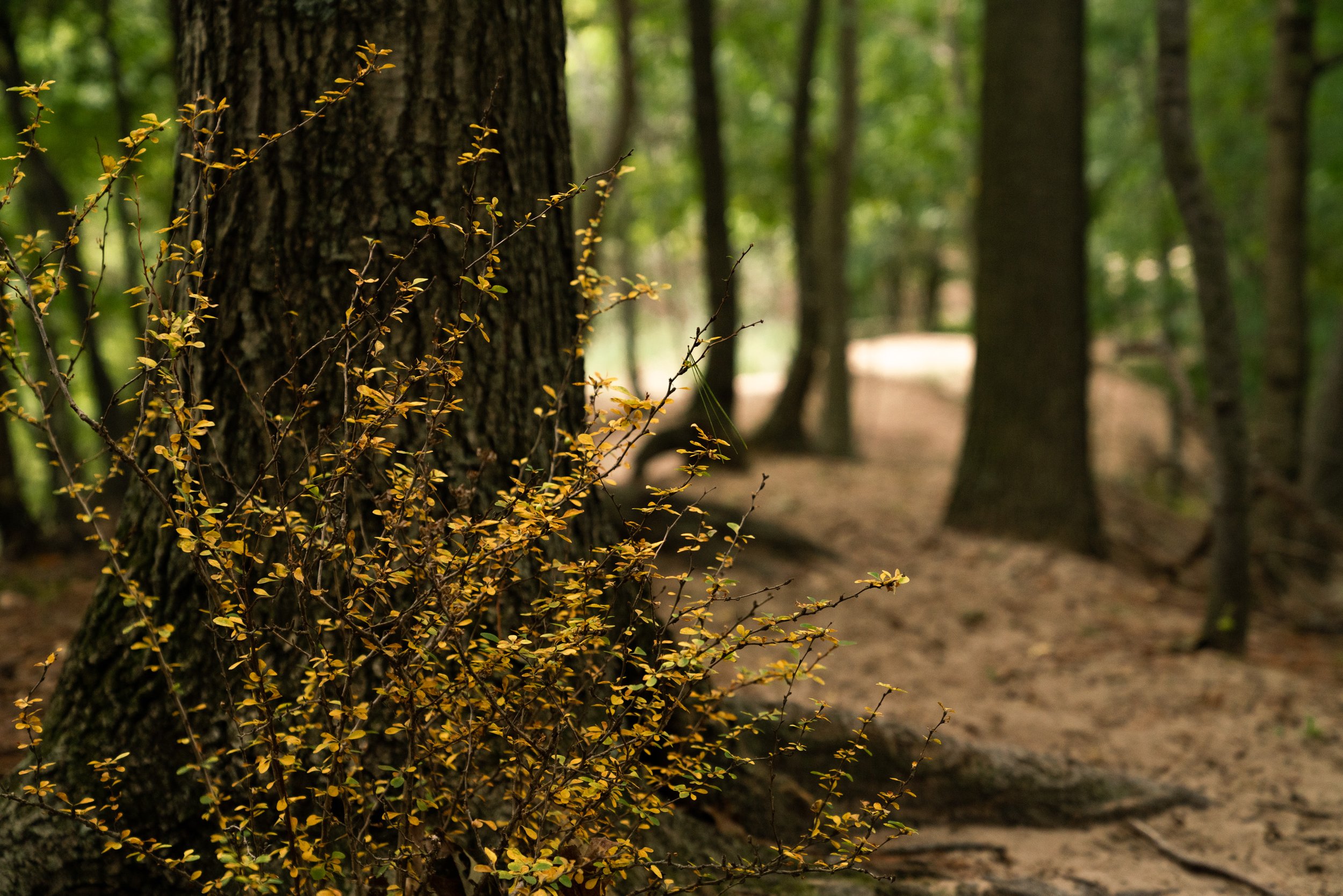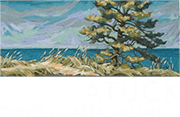
INVASIVE SPECIES
What are native, non-native, and invasive species?
A native species is an organism that historically inhabited this part of the world. You can draw comparisons to the word indigenous!
A non-native species is a species moved outside of its native range by humans. Non-native species can have no effect on the surrounding landscape, considered “naturalized,” or they can have deleterious impacts.
An invasive species is a non-native species that, upon its introduction to a new habitat, outcompetes native species for resources and quickly takes over an entire area, having an overall harmful impact on that ecosystem.
Common Invasives
Japanese Barberry: Japanese Barberry can have green or red small oval shaped leaves with smooth edges, very sharp spines at the base of each leaf, and bright red berries that develop in the fall.
Cut the stems low to the ground and paint the cut stems with an herbicide solution to kill the roots. Roots can also be manually dug out!
Privet: Several Privet species have been introduced to Michigan. All look similar and all are invasive.
Privet is a woody shrub with opposite elliptical leaves. Flowers are small and white, with four petals. Dark fruits develop into fall and persist on the plant throughout winter.
Cut this plant low to the ground and paint the stump with an herbicide to kill the roots. They are difficult to fully remove, and depending on the size, you may need a shovel to dig out the roots.
Garlic Mustard: In its 1st year, it resembles
a basal clump of fan-shaped leaves. In its second year, it produces Small white flowers, with a strong garlic smell upon crushing the leaves.Be sure to pull the plants by the roots before it develops seed pods as seen above. If not, you’ll end up spreading more seeds on the forest floor.
What can you do?
Remove Invasive Plants
You can take part and prevent the spread of invasive species on your own property! Pulling up invasive herbaceous plants by the roots, or cutting down woody plants and applying an herbicide directly to the cut stump during the growing season should do the trick!
Plant Native Plants
These plants co-evolved with our pollinators and wildlife for millennia, so planting native is the most effective way to support pollinator and wildlife populations. Better yet, establishing a diverse array of native plants can act as a buffer for the spread of invasives.
Research
If you aren’t interested in planting native, research your plants before purchasing to make sure you aren’t accidentally purchasing an invasive species.







